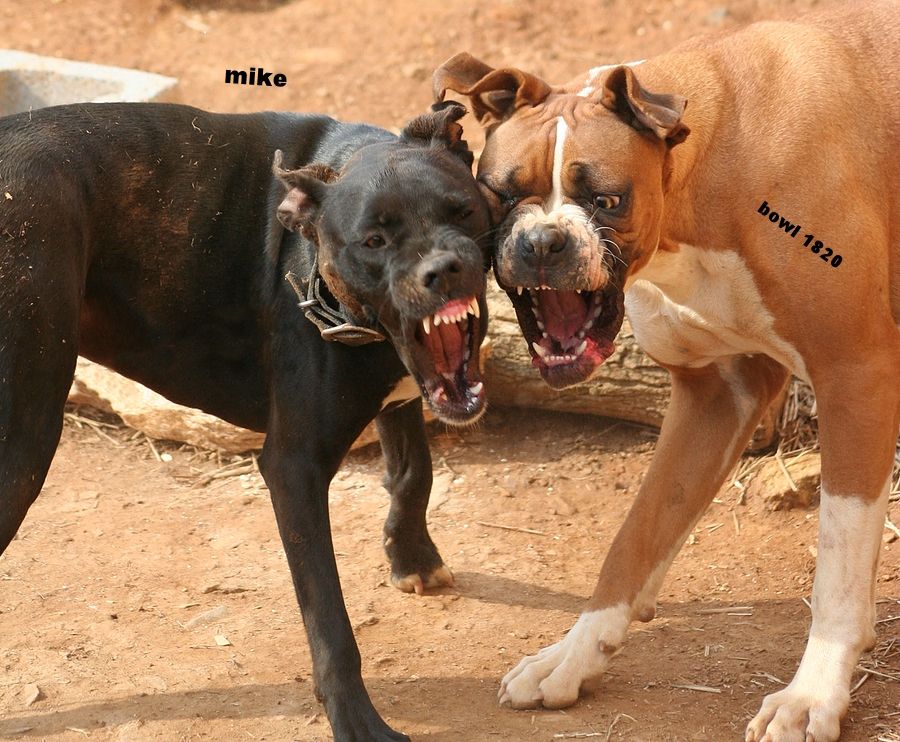What Mike meant to say is if you don't recognize all the detours that He has taken, it can feel like he's tied it knots.
As for the rabbit hole, Mike dug it. When he started talking about oil pooling up in said track.In the process of trying to follow him down the rabbit hole, I did notice your post had a comment I missed the first time.
While as a whole, a typical synthetic lane is less flat than a typical wood lane, you were specifically asking about the area near the arrows.
Since the area near the arrows (10' to 15') is part of the lane inspection criteria, that area is probably flatter than wood lanes.
And Mike seems to read in to things only what he wants to see.Bowl1820 seems to think the topic was depressions in synthetic lanes, while you focused on depressions in wood lanes.
As I said in regard to Aslan's post all I commented on was That the groove he referred to in wood lanes is called the Track . And that they did have devices for checking the level and for depressions of the lane surface.
All the comments after that were directed to mikes comments.
That true.Depressions on wood lanes are caused by balls being thrown, and therefore are parallel to the common ball path.
But they are not limited to just installation/weather depressions, you said it yourself:Depressions on synthetic lanes are caused by installation/weather, and that means they are not normally parallel to the common ball path.
"A worn surface type of track" what's causing the wear? The ball. Just like on a wood lane.
So a wear pattern can develop (that worn path will develop into a depression overtime) that's parallel to the common ball path also.
Will it happen as fast on Synthetic as on wood? No. Synthetic lanes are harder, but they are not a frictionless environment either. All surfaces wear and the ball will cause wear on the lane surface.
That's why Synthetic Lanes have a maintence program including polishing. But a big part of the time the houses don't follow it.













Bookmarks